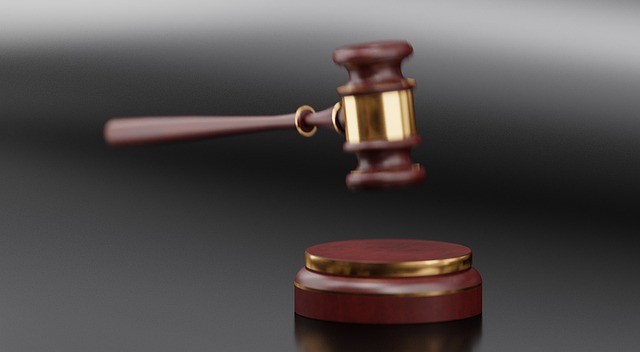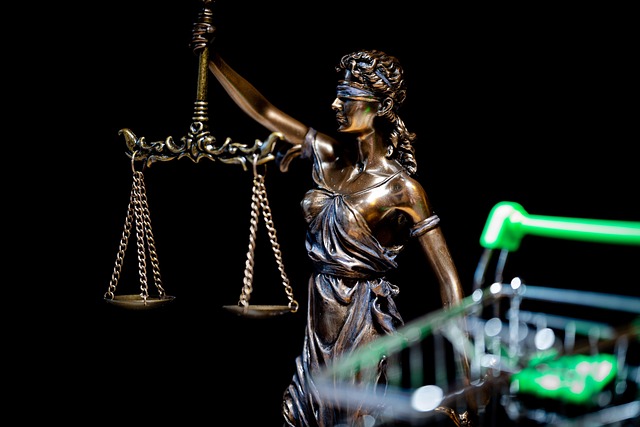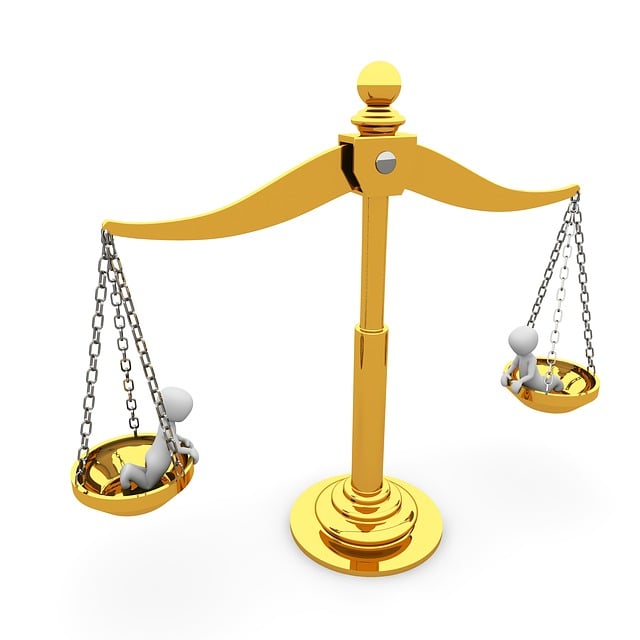Antitrust violation cases are complex legal battles centered on competition laws and market dynamics. After conviction, the Timeline for Post-Conviction Relief Process becomes crucial for appealing verdicts, correcting errors, and seeking relief. This process involves filing petitions within strict timeframes, presenting arguments to courts, and employing strategic challenges to mitigate penalties. Defendants aim to avoid indictment by offering alternative explanations, disputing conduct, and aiming for charge dismissal. The Timeline impacts businesses' financial recovery, penalty reductions, and consumer protection, shaping market competition and fairness.
“Antitrust violation cases pose significant challenges for businesses, impacting competition and consumer choices. This article delves into the legal intricacies of such cases from a professional perspective. We explore key aspects, including understanding antitrust laws, the post-conviction relief process, and its timeline. Additionally, we analyze appeal strategies, the impact on parties involved, and the role of reparation. By shedding light on these elements, this comprehensive guide offers insights into navigating and resolving antitrust disputes effectively.”
- Understanding Antitrust Violation Cases: A Legal Perspective
- The Post-Conviction Relief Process: An Overview
- Timeline of Events Following a Conviction
- Grounds for Appeal and Legal Strategies
- Reparation and Impact on Businesses and Consumers
Understanding Antitrust Violation Cases: A Legal Perspective

Antitrust violation cases are complex legal battles that require a deep understanding of competition laws and market dynamics. From a legal perspective, these cases involve examining anti-competitive practices, such as price-fixing, market allocation, or monopolization, which can significantly harm consumers and fair market competition. The timeline for the post-conviction relief process in such high-stakes cases is crucial, with appeals and collateral review mechanisms offering opportunities to challenge convictions and secure winning challenging defense verdicts.
Navigating these legal intricacies demands expertise in antitrust law and strategic advocacy. Defendants facing indictment for antitrust violations must prioritize avoiding indictment through proactive measures, including meticulous record-keeping, compliance programs, and transparent business practices. The outcome of such cases can shape industry standards and competition, making them not just legal battles but pivotal moments in the broader economic landscape.
The Post-Conviction Relief Process: An Overview

After a conviction for an antitrust violation, individuals or businesses often have a right to seek post-conviction relief, offering a chance to examine and potentially rectify errors that may have occurred during their trial. This process is crucial for ensuring fairness in high-stakes cases, especially where significant penalties are at play. The timeline for post-conviction relief varies depending on the jurisdiction but generally involves several key steps.
First, the convicted party must file a petition within a specified period, usually set by state law. This petition outlines any alleged errors or new evidence that wasn’t available during the original trial. The respective business or general criminal defense attorney will then gather and present these arguments to a court, which may hold hearings and consider additional evidence before making a decision. If the court grants relief, it could lead to a retrial, modified sentence, or other forms of correction, ensuring that justice is served in a fair and impartial manner.
Timeline of Events Following a Conviction

Following a conviction for antitrust violation, the timeline for post-conviction relief process becomes crucial. Within 14 days of the verdict, defendants typically file motions for a new trial or to set aside the judgment, seeking to avoid indictment and challenge the evidence presented during jury trials. This initial phase involves detailed legal arguments and strategies to overturn the decision.
If these motions are denied, the next step is to appeal to higher courts within 30 days. For his clients, this process requires meticulous preparation of appellate briefs and oral arguments. The goal remains the same: to ultimately resolve the case and potentially avoid further penalties or consequences associated with the antitrust violation conviction.
Grounds for Appeal and Legal Strategies

In antitrust violation cases, grounds for appeal often center around procedural errors, misinterpretations of market behavior, or newly discovered evidence that may significantly alter the initial findings. The timeline for post-conviction relief processes is crucial, as it involves careful documentation and a strategic legal approach to challenge the original verdict. Defendants and their legal teams employ various strategies, such as presenting alternative explanations for market dynamics or demonstrating that the alleged conduct was not anti-competitive in nature. They may also argue for a complete dismissal of all charges, especially if the case lacks substantial evidence or involves questionable interpretation of legal precedents.
Legal strategies involve extensive research into relevant laws and previous court decisions to build a robust defense. For his clients, this entails navigating complex legal landscapes and ensuring their rights are protected throughout the process. The approach often includes challenging the prosecution’s narrative, raising doubts about the integrity of evidence, and highlighting the potential impact on the defendant’s business and reputation within the philanthropic and political communities.
Reparation and Impact on Businesses and Consumers

In the aftermath of an antitrust violation case, both businesses and consumers face significant impacts. Businesses found guilty often suffer substantial financial repercussions, including hefty fines and legal costs. The Timeline for Post-Conviction Relief Process plays a crucial role in determining their path to recovery, with opportunities for appeal and potential reductions in penalties. In many cases, companies must also compensate affected parties, restore market competition, and implement structural changes to comply with antitrust laws, ensuring they don’t repeat past transgressions.
For consumers, the effects can be mixed. On one hand, antitrust actions aim to protect their interests by promoting fair competition and lower prices. On the other hand, strict penalties or remedial measures might temporarily disrupt product availability or increase costs in the short term. However, in the long run, an unprecedented track record of enforcement can foster a more transparent and equitable marketplace, achieving extraordinary results for both businesses operating within legal boundaries and consumers enjoying competitive pricing and diverse choices.
Antitrust violation cases, while complex, follow a defined timeline for the post-conviction relief process. Understanding these legal procedures is key to navigating potential appeals and seeking reparations. From the conviction to grounds for appeal and eventual resolution, each step plays a crucial role in ensuring fairness for all parties involved. By reviewing this process, businesses and consumers can better comprehend their rights and the potential impact of antitrust breaches, fostering a more transparent and competitive marketplace.






